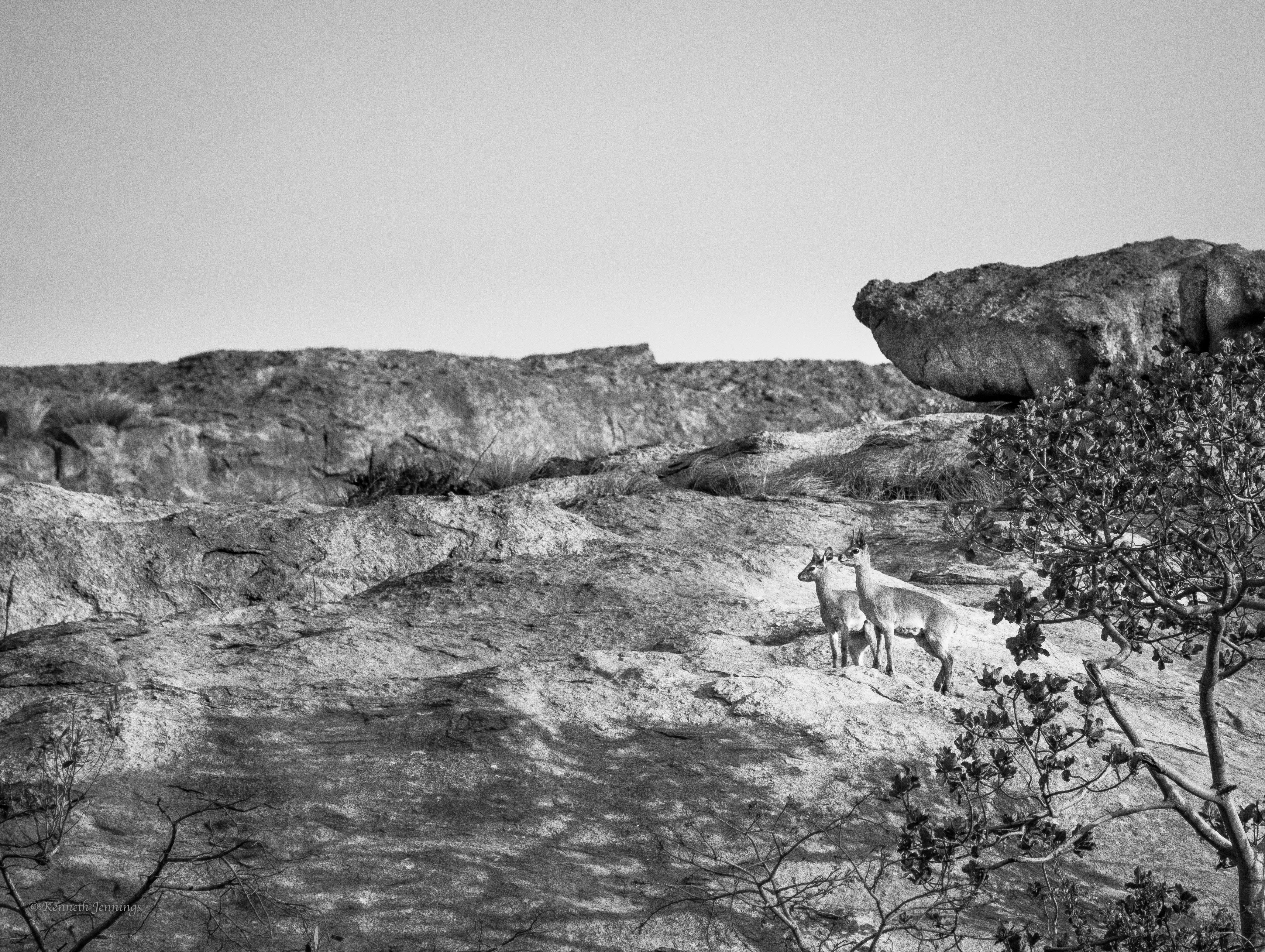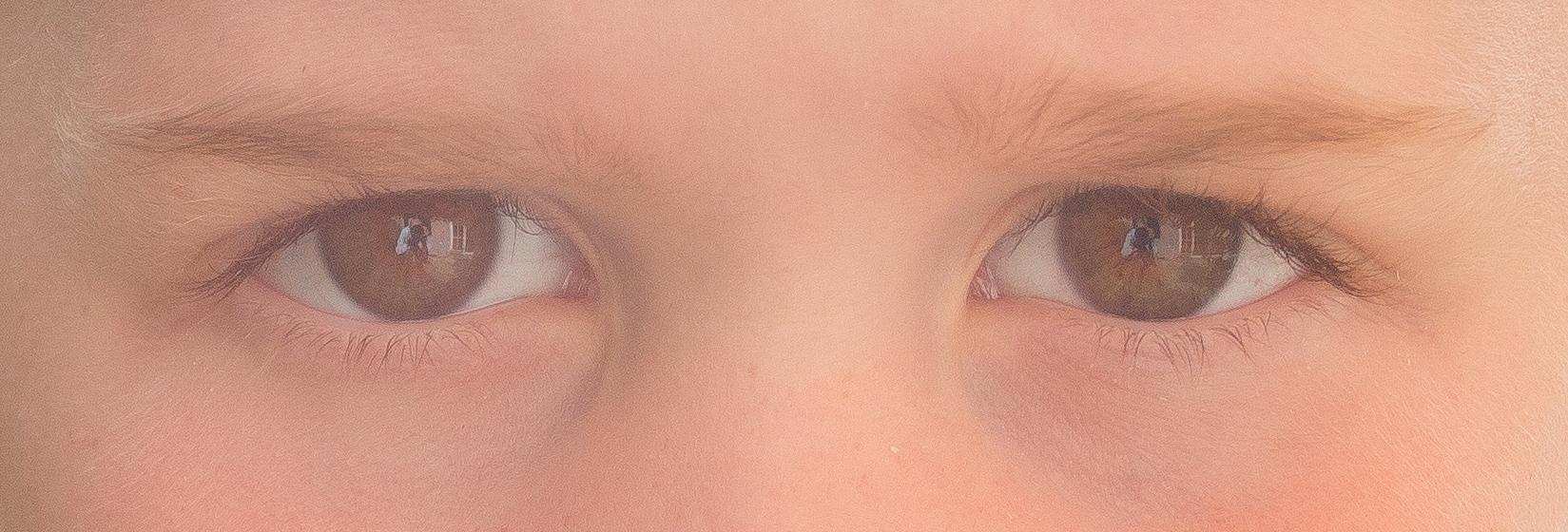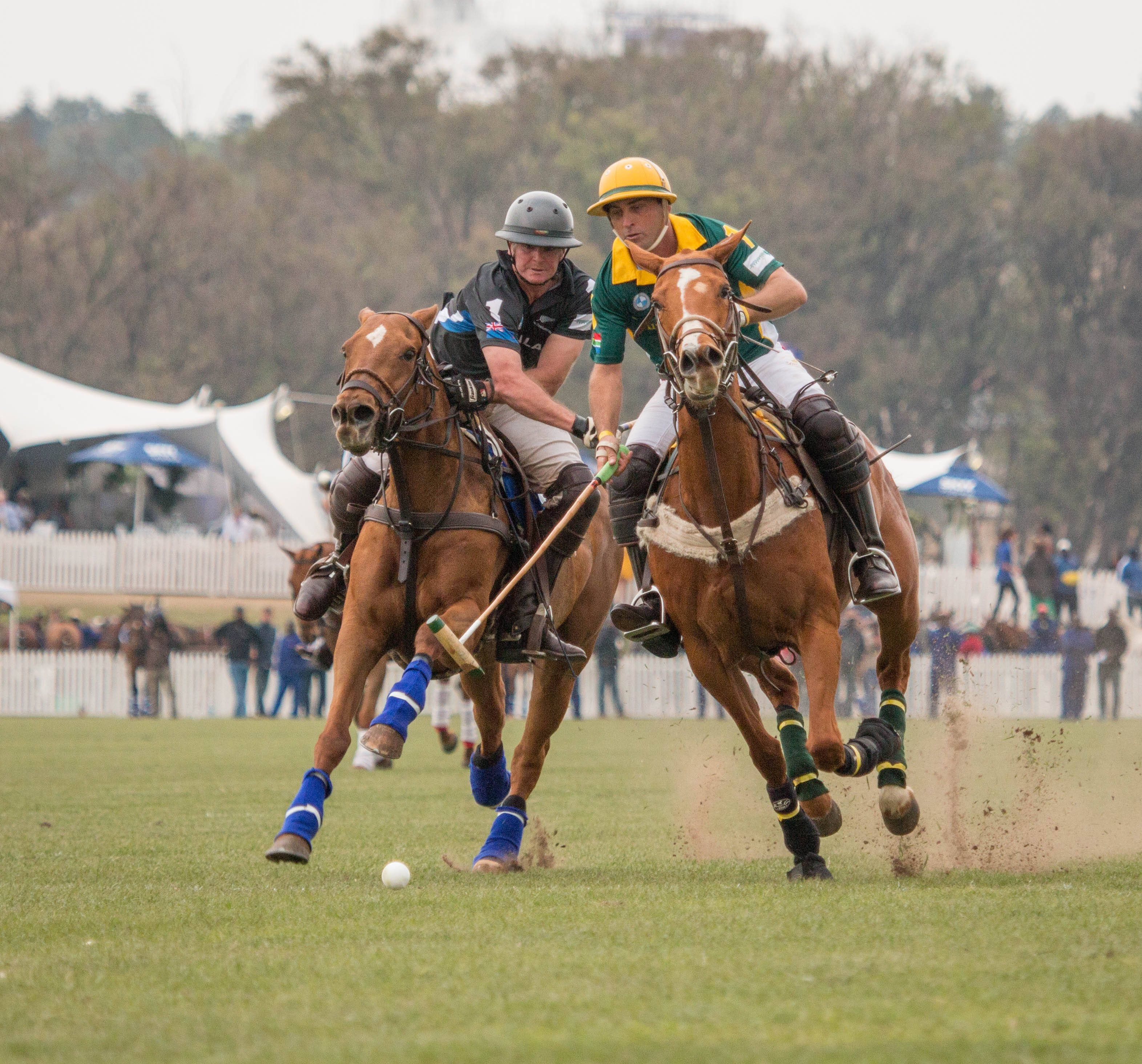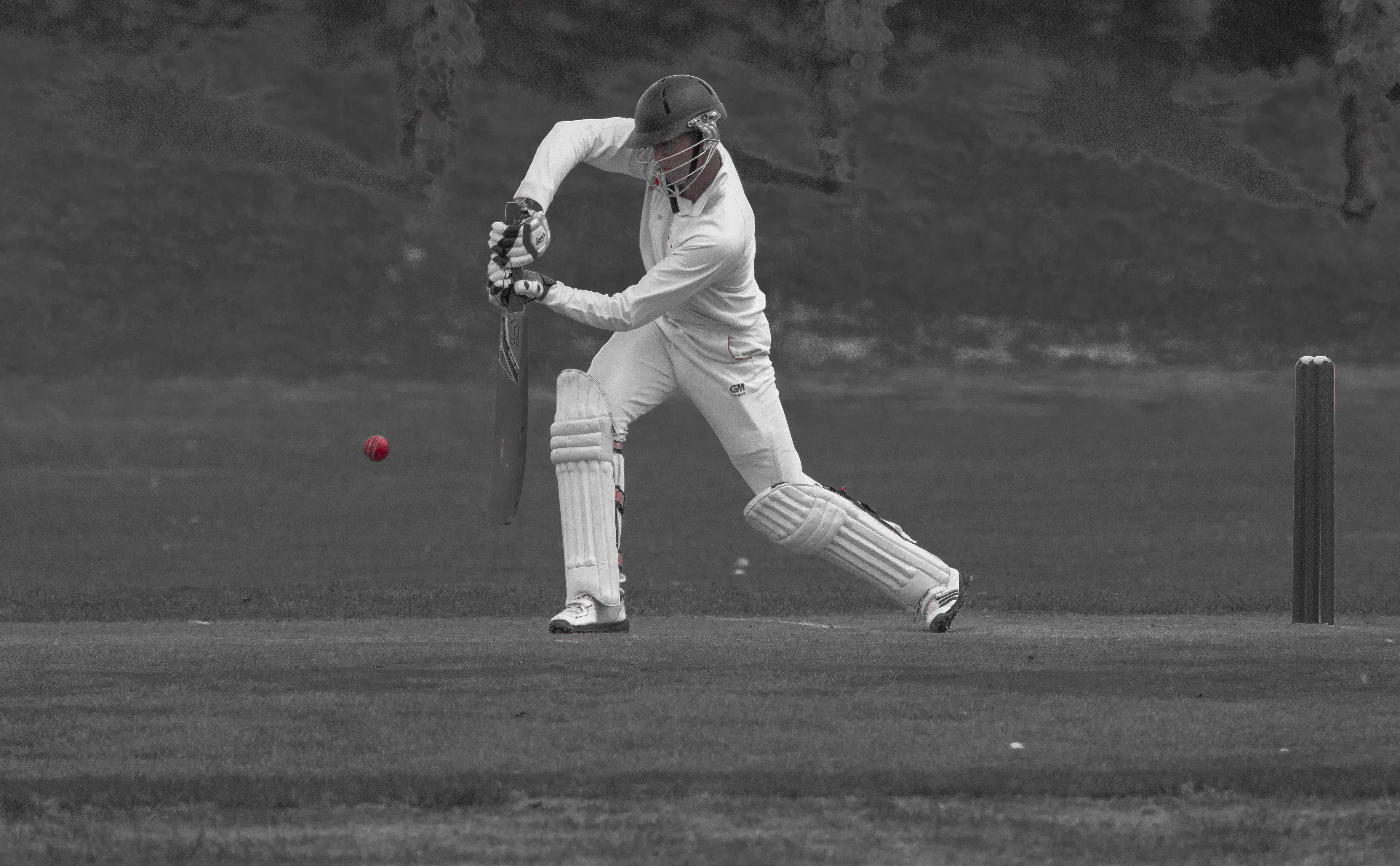I am constantly being asked questions about the psychology of performance and the ‘state of mind’ that is necessary to ensure success in competition.
Many athletes adopt a mechanical approach to their mental preparation. Specific goals are set which the athlete then strives to achieve. While this sort of approach offers structure and clarity for the athlete, I feel that it only taps into the logical part of the brain. Further, this approach is outcome based and does not embrace the fluidity and ever changing nature of competition.
Exceptional performance that catapults the athlete onto a new level requires an added dimension that incorporates an approach that taps into imagery and creativity. This approach is based in a philosophy of quantum thinking in which mental energy is seen as having properties similar to water, where multiple levels of thinking are integrated into a holistic focus.
The nature of this approach is nonverbal, intuitive and story-like in which ideas generate powerful meaning that the athlete can connect with. In line with this way of thinking, photographs, images and/or meaningful stories can help crystalise mental energy that will help the athlete reach higher levels of performance in a spontaneous and creative way.
On a recent walk I took three photographs that best illustrate ideas regarding the integration of three mental processes, that if one taps into, will assist the athlete during the unfolding process of competition.
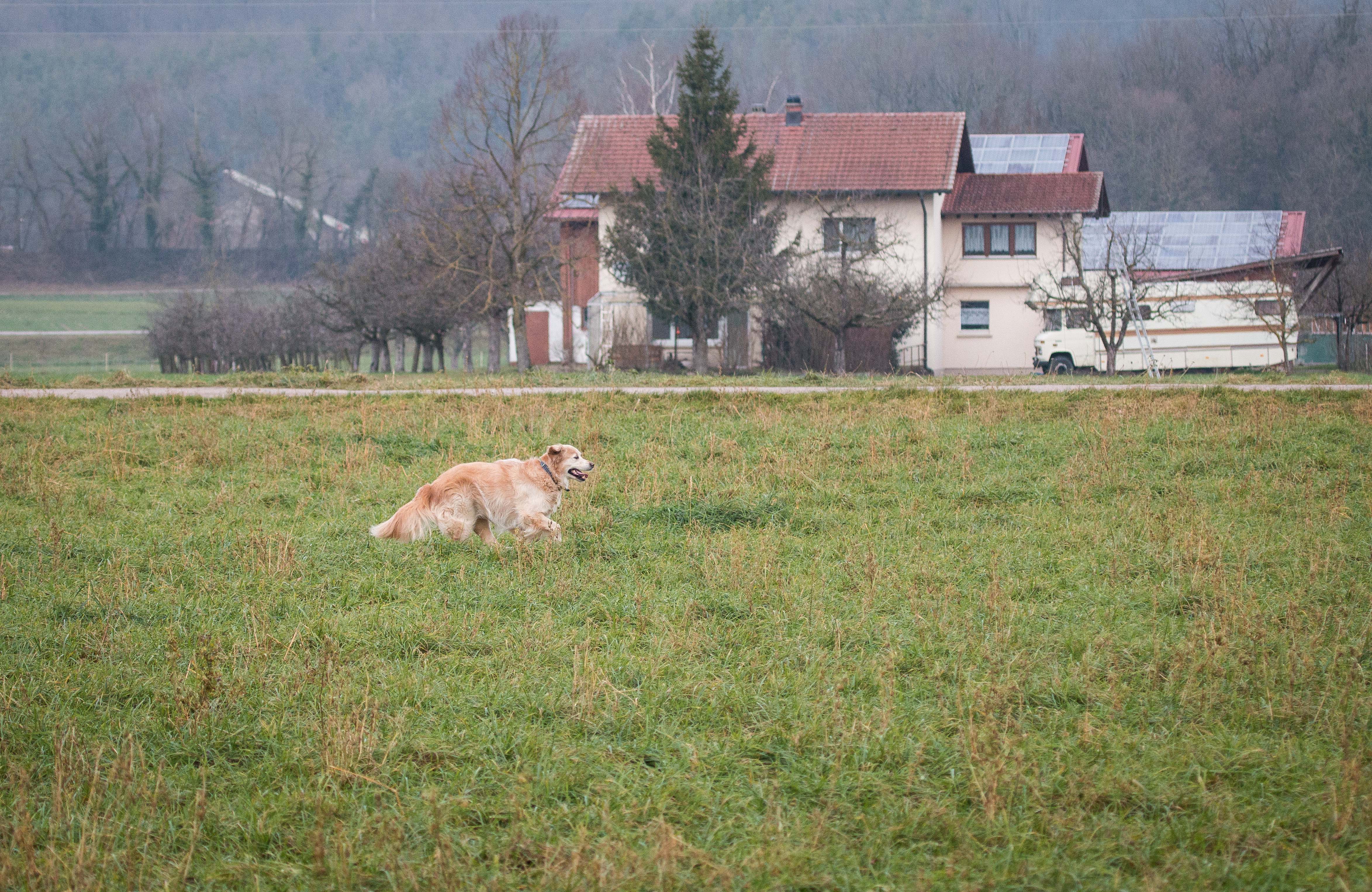
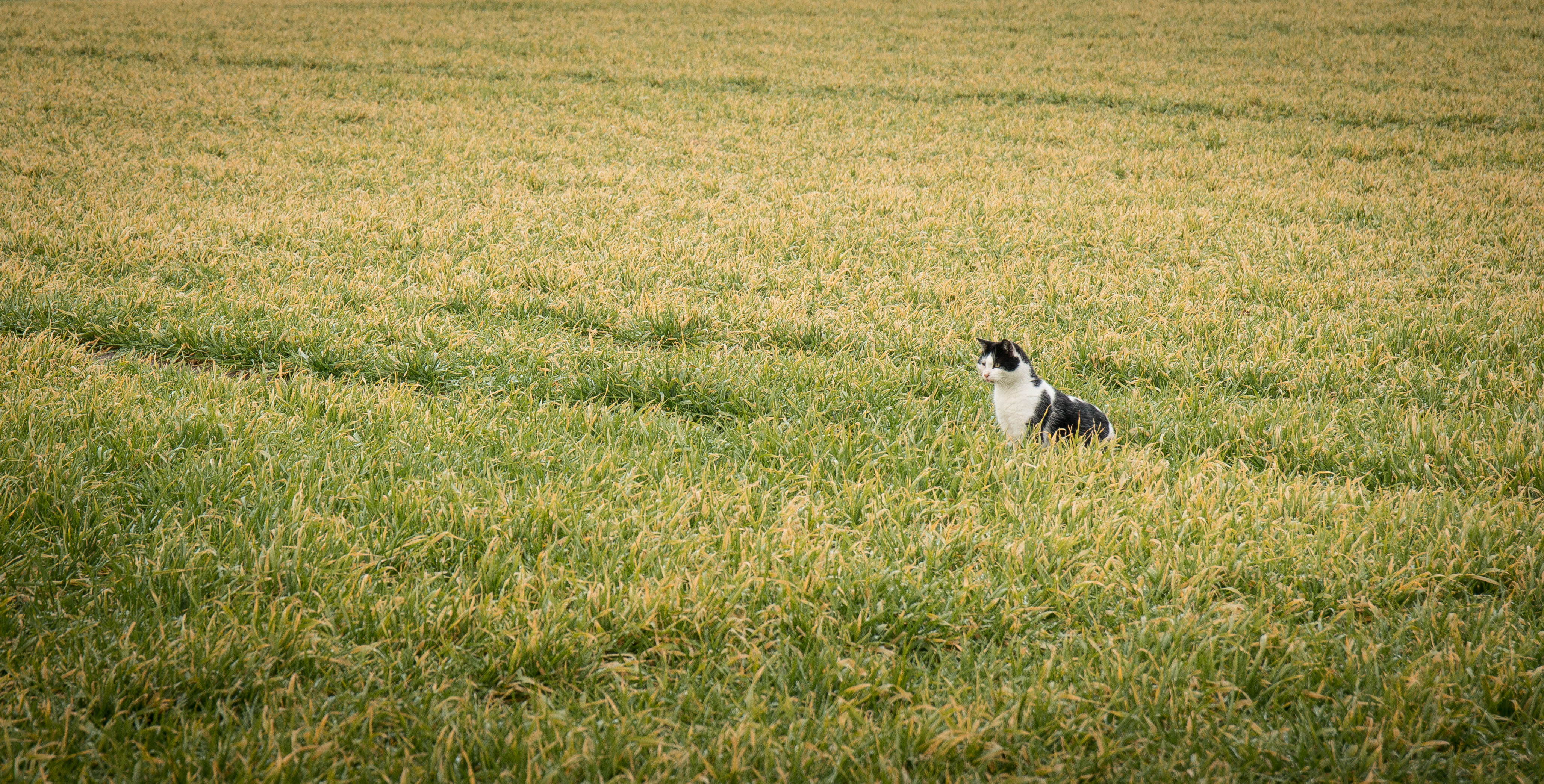

Three inter-connected mental components form the holistic model that embraces quantum thinking. These three components should co-exist and be utilised at the appropriate time, depending on the nature of the challenge that is being encountered:
- The optimism and joy of a dog on a walk
- The alertness of a cat ready to pounce
- The freedom and flow of a bird in flight
In a conversation with an iron man triathlete, I was explaining that it was necessary to remain present in the unfolding moment of competition. The three dynamics mentioned above, are ever present during the race.
There needs to be an overall optimism in the way that one approaches and deals with challenges, particularly in the tough, down periods of a race. Remaining connected to the joy of a dog on a walk supports the athlete at times when doubts, despondency or fears creep in.
A cat that is ready to pounce is in a proactive state of readiness. The alertness of a cat helps the athlete deal with the unexpected. To be successful, it is important to trust your abilities and to respond immediately and spontaneously to a threatening or challenging moment. In order to respond in such a way, the athlete needs to be in a concentrated state of alertness, where nothing is taken for granted. Nothing should distract the athlete from the present moment of focus.
Many athletes go into competition with a definite, structured game-plan having specific outcomes. While this may offer the athlete security, the challenge during competition is to be able to adapt and be flexible to change. Trusting your instincts and being able to change strategy at critical moments of the unfolding process is a skill that champions possess. If the mindset is too rigid, the athlete is likely to hold onto a game-plan that was formulated before the start of the race, but may no longer be working due to changing conditions and/or opponents that have found a way to neutralise or defeat you.
In summary, the table below captures the holistic, and integrated mental state that will offer you the best chance of a quantum performance:
|
Aligns you to:
|
Counters:
|
|
Dog on a walk
|
Optimism, Joy, Support
|
Despondency, Fear, Stress
|
|
Cat ready to pounce
|
Alertness, Concentration, Discipline, Stillness
|
Lethargy, Complacency, Distraction
|
|
Bird in flight
|
Flexibility, Flow, Freedom, Creativity
|
Rigidity, Tightness, Limitation
|
The column of counters highlight the mental challenges that negative energy activates. If you are feeling despondent during competition, then tapping into the theme of walking the dog will help you. If you become aware that you are getting too tight or rigid in how you are approaching the challenges, then linking to birds in flight will offer you the necessary flexibility of movement to navigate around the obstacle.

Each new day begins with a sunrise, that brings light and warmth.
A new beginning or a new way depends on new insights that help direct your energy into a new direction. The model above does not only apply to elite athletes that are constantly working on expanding their expertise and skills to master taxing challenges in the heat of competitive battle.
A client of mine revealed that she was aligning herself to the themes of freedom, fearlessness and joy, as part of her change process, in how she wanted to live her life going forward. She stated that she wanted to better utilise and embrace opportunities that crossed her path. Such is the way to lead a more fulfilling life where your light can shine in its own uniqueness.









